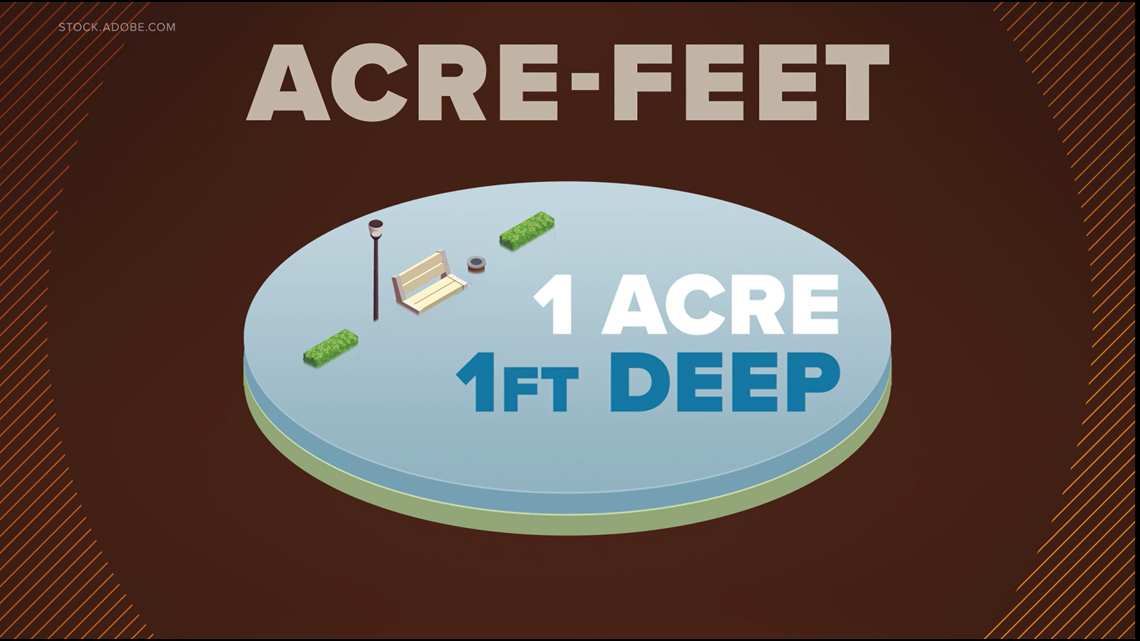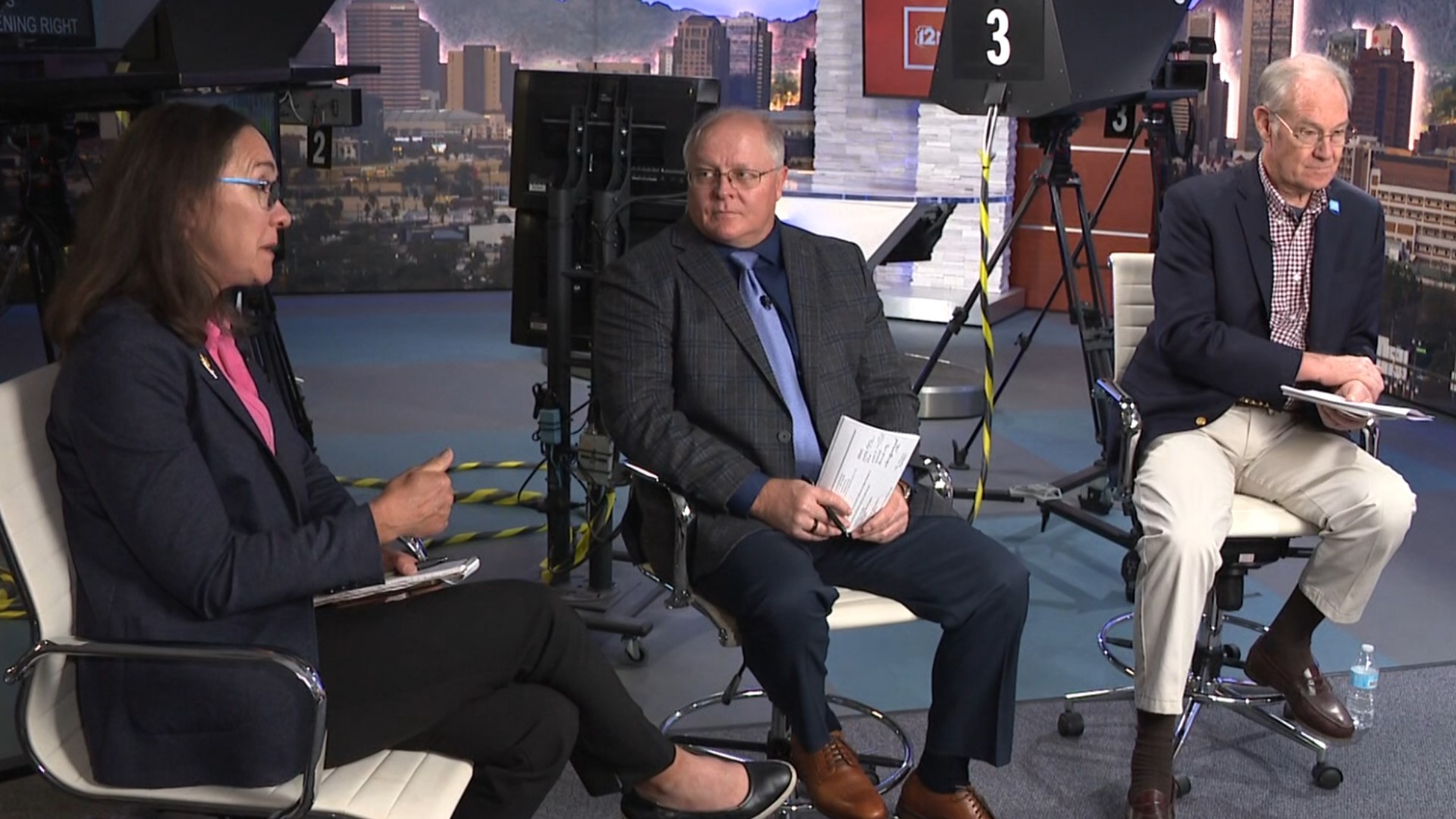ARIZONA, USA — Arizona is poised to take the fall for the Colorado River's dwindling water levels, but how much hurt the state has to bear depends on which cuts federal officials choose to make.
For months, the U.S. government has been telling Arizona and the other six states that rely on the Colorado River (California, Nevada, New Mexico, Utah, Colorado and Wyoming) to cut 2 million acre-feet of water use.
An acre-foot is about as much water as three households use in a year, give or take.
The implied threat: that the feds would do it for them if no agreement came.
The U.S. Department of the Interior on Tuesday morning unveiled its plans to make those cuts itself.


There are three options the department can consider:
Do nothing: The states would continue operating under the existing agreements, which are headed for major water shortfalls
Option 1: Make equal cuts to every water user across the board, regardless of need or place in line, similar to a "flat tax"
Option 2: Make cuts based on priority. Some water users have higher priority than others based on previous agreements.
The Secretary of the Interior will hear public comments on all the options before deciding on one in August 2024. The bureau will then create new guidelines for operating the river once current guidelines expire in 2026.
Missing from the Tuesday announcement: any hint of how these cuts should, or would be made.
“Fundamentally, it is one community comprised of 40 million people and landscapes that need us to get this right," Bureau of Reclamation commissioner Camille Calimlim Touton said.
12News sat down with three of the state's top water experts right after the river report was released to understand just how these cuts will affect Arizona.
Sarah Porter, director of the Kyl Center for Water Policy at Arizona State University, said she hoped the announcement would kickstart the Western states to finally come to an agreement, now that they know the feds are serious.
"You know, we've done this work and so we've gotten a lot of the things out of the way that we would have to do in order to take action," Porter said.
Porter hopes the feds just having a plan will urge states to figure the water cuts out themselves.
Central Arizona Project President Terry Goddard said he would rather have hard numbers, but is relieved there is at least some movement, even as Arizona continues to take most of the cuts.
"The population centers in central Arizona have already been hit very hard," Goddard said. "We keep saying we're in this together, but there were no cuts mentioned for Upper Basin states. It's going to take everyone at the table."
Cities aren't the only areas preparing to have less water. Farms and agriculture businesses across the state are projected to face production and job loss on top of water cuts, no matter which option is chosen.
"[Farmers] would like to continue farming," said Chris Udall, the executive director of the Agribusiness & Water Council of Arizona. "They can do that on less water and find ways to increase their yield. That's what they want to do to protect their rural economy."
Tom Buschatzke, director of the Arizona Department of Water Resources, spoke at Tuesday's announcement, hinting that, regardless of what path was chosen, it was likely to end up in court.
"Those paths have dire consequences, In some cases, it may spur opposition or even litigation”," Buschatzke said. “Once litigation occurs, if it does, it's going to be very difficult to negotiate something moving forward."
Water Wars
Water levels are dwindling across the Southwest as the megadrought continues. Here's how Arizona and local communities are being affected.

